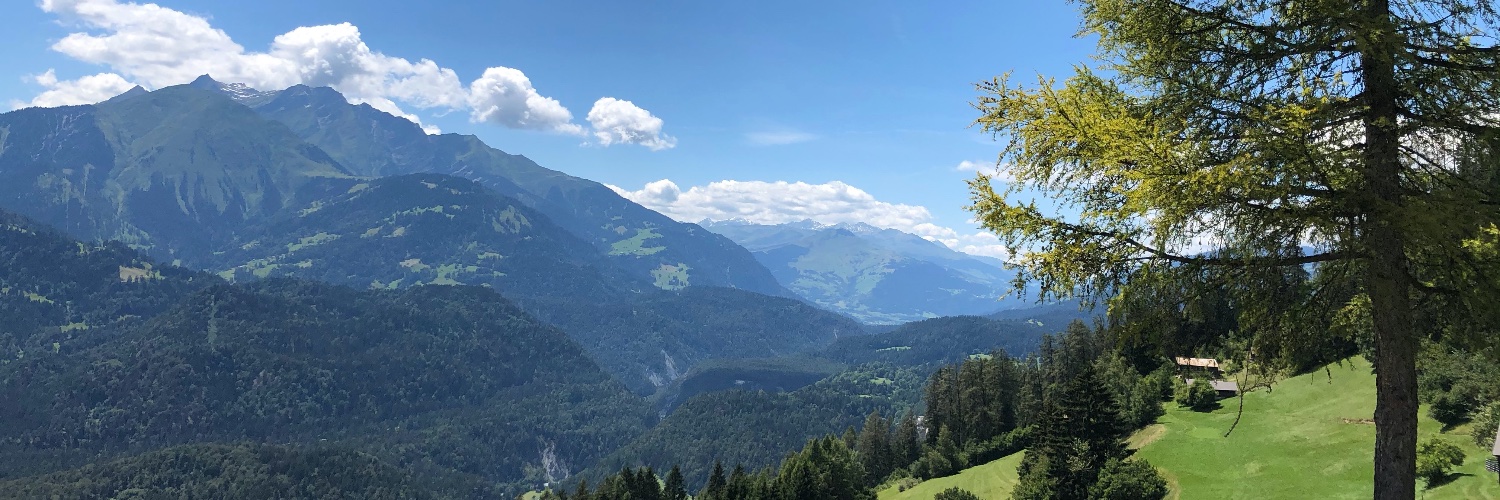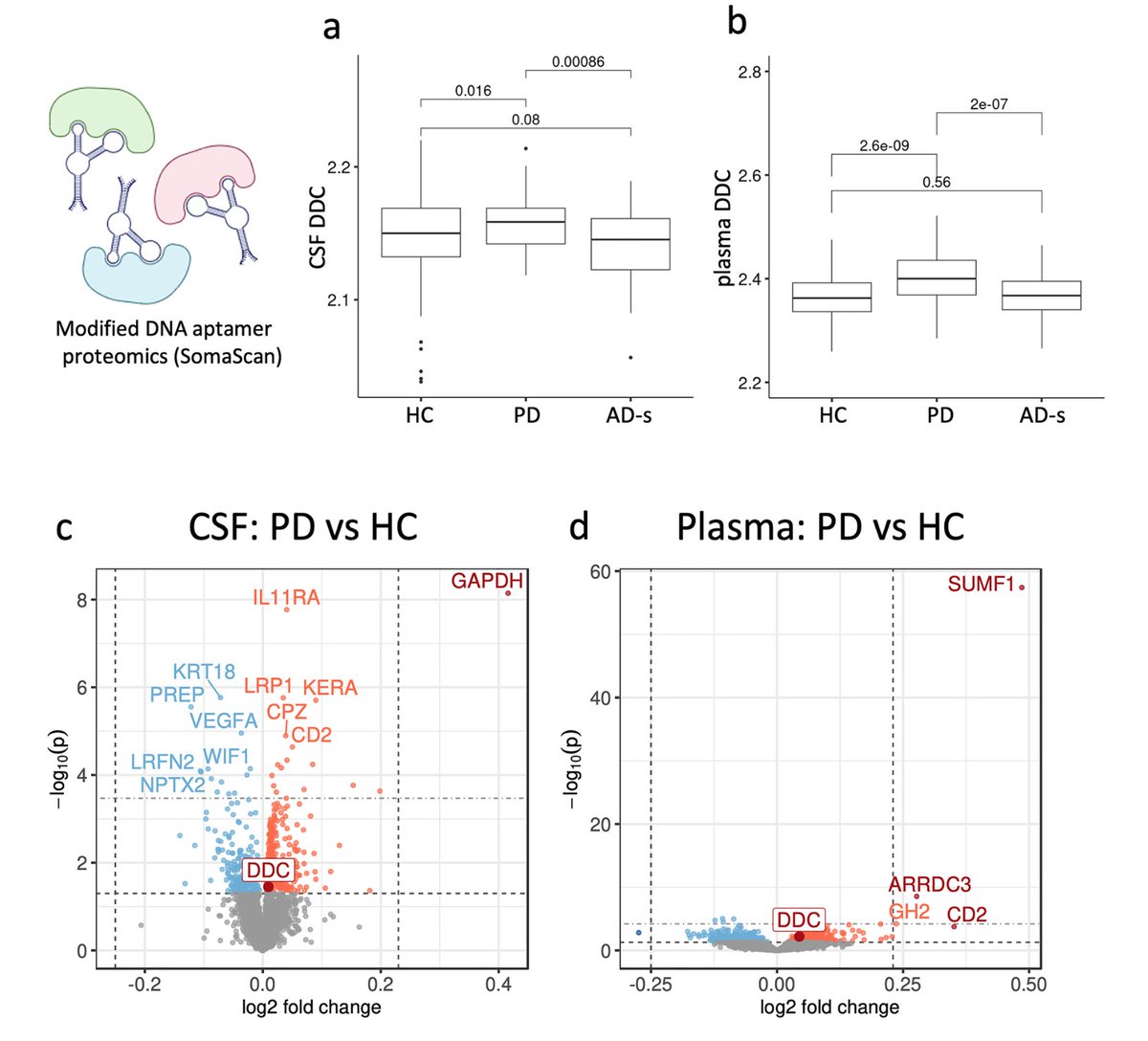
Tony Wyss-Coray
@wysscoray
I'm excited to share 2 of our new studies now out as preprints on BioRxiv! biorxiv.org/content/10.110… biorxiv.org/content/10.110… From @wysscoray lab in collaboration with many amazing groups including... 1/5
Another bombshell discovery by @abu_remaileh’s lab @Stanford_ChEMH, congratulations first author @Tyfic_Gh and coworkers!
PLA2G15 is a Lysosomal BMP Hydrolase with Ester Position Specificity and Its Targeting Ameliorates Lysosomal Disease biorxiv.org/cgi/content/sh… #bioRxiv
Online now: An inducible genetic tool to track and manipulate specific microglial states reveals their plasticity and roles in remyelination dlvr.it/T7chfB
Huge congratulations to #YiwenChen, @ItamarHarel, @param_p_singh @GAdamReeves1 and all the other authors - fantastic team and collaborative effort!! And beautiful killifish art from Rogelio Barajas! 😎
Interested in research on aging and neurodegeneration? @wysscoray lab has 2 LSRP positions open! If you're interested and meet the requirements in the posting, please apply and reach out directly to me or Ian Guldner! See the application link here. careersearch.stanford.edu/jobs/life-scie…
Incredibly excited to share our paper on the impact of partial reprogramming on neurogenic niches of the old brain (in mice)!! Massive congratulations to first-author Lucy Xu and all the authors!! 🌟🙌🍾 nature.com/articles/s4358…
Back-to-back papers in @NatMetabolism today: a surprising connection between the appetite-suppressing metabolite Lac-Phe and metformin-associated weight loss. From @lynchielydia and @skxiao_nju @Stanford_ChEMH nature.com/articles/s4225… nature.com/articles/s4225…
What Alzheimer noted as fat saccules in glia may have been lipid droplets. They can be induced by Abeta in microglia leading them to release factors that damage neurons. ApoE4 makes things worse rdcu.be/dA6Kh. Congrats @Michael_S_Haney @robipalo and fantastic team


This work has been a great collaboration with @wysscoray, @pddoc, and @blehall. We've been fighting to publish these findings since 2021, when we began a 3-year long review process. Some core findings have recently been independently verified by other groups, a promising sign!
Congrats to @wysscoray and new @PennMedEVDCSO faculty member @Michael_S_Haney on their latest tour de force linking ApoE genotype to dysfunctional lipid accumulation in microglia in AD. Trainees, check this guy out! nature.com/articles/s4158…
I’m happy to share that Haney lab at UPenn is now open: haneylab.org. I'm very excited to be a part of @PennPathLabMed and @PennAging! Reach out if you’re interested in brain aging, microglia, neuroimmunology, and functional genomics. We’re hiring at all levels.
Congratulations to @JarodRutledge1 for discovering DDC as a possible CSF and urine biomarker for Parkinson’s disease rdcu.be/dAUw0. check out many other interesting proteins. Thanks to @blehall and collaborators in this wonderful collaboration with the @pddoc lab.


Excited to share our recent publication, spearheaded by postdoc Jengmin Kang, exploring a fundamental driver of #aging at the interface of #metabolism and #epigenetics! Depletion of SAM leading to loss of heterochromatin drives muscle stem cell ageing pubmed.ncbi.nlm.nih.gov/38243132/
Delighted to share our latest work “Oligodendrocyte calcium signaling is required for actin-dependent myelin sheath extension” was published online today @NatureComms! Led by former grad student, @_manasi_iyer_! (1/n)
A single-cell spatial transcriptomic and proteomic study of #immune cells in the human #CNS border compartments reveals differences in CNS-associated macrophages across age, perturbation and disease. @r_sankowski #macrophages #microglia nature.com/articles/s4159…
Curious about neuroscience and aging research from a fresh perspective? Explore biotech this summer 2024 with an internship at @Calico! We're seeking BS/MS students to develop innovative tools for studying the aging brain 🧠. Apply now: tinyurl.com/yc823ams
Maybe a hint of evidence to explain the link between #multiplesclerosis and EBV sciencedirect.com/science/articl…
I’m proud to share my new research in @Nature this week, co-led by @hammy_oh, where we develop blood tests to track how your organs age! “But Jarod, why should I care? What can we really do with this?” Here are 3 ways we think this will be useful in science and medicine! 1/10
I am thrilled to present our new study out in @Nature where we measure aging at organ-level resolution in living people with large-scale plasma proteomics + ML! From @wysscoray lab, co-led with former grad student @JarodRutledge1 1/12
Full text here nature.com/articles/s4158… All organ aging models can be easily tested on SomaScan data using github.com/hamiltonoh/org…. Change with age information of 5,000 proteins in plasma twc-stanford.shinyapps.io/aging_plasma_p…
A big step forward in the science of aging: organ-specific tracking via plasma proteins nature.com/articles/s4158… 20% of people assessed had accelerated aging in 1 organ, 1.7% multi-organ @wysscoray @hammy_oh @JarodRutledge1 and colleagues @Nature